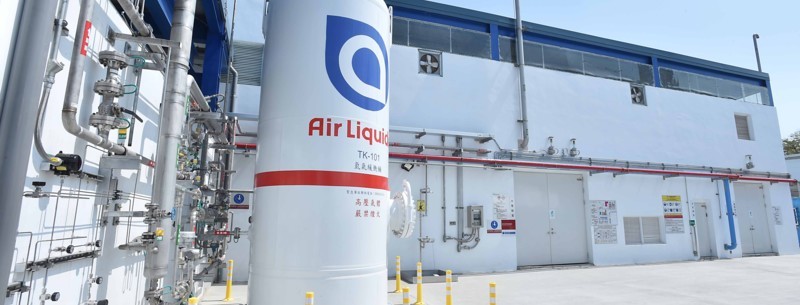Privately-funded German thinktank Agora Energiewende and U.S.-based management consultant Guidehouse have spelled out five policies needed to make green hydrogen cost competitive, albeit at an investment price of €10-24 billion per year for the rest of the decade.
With Agora Energiewende executive director Patrick Graichen today stating renewable-fired hydrogen would not be cost competitive with its fossil fuel-powered equivalent even at a European carbon price of €100-200 per ton, a study produced by the two bodies has called for carbon contracts for difference (CCfDs) for industry; a liquid e-fuels mandate for aviation; auctions for hydrogen-ready combined heat and power (CHP) plants; policy support to drive demand for decarbonized goods; and hydrogen supply contracts.
pv magazine print edition
Calling for hydrogen to initially be deployed in “uncontroversial and no-regret applications,” including the production of steel, ammonia and basic chemicals; long-haul flight and shipping; long-term power storage; and residual heat load in district heating systems, the authors of the report spelled out the potential benefits of the five policies outlined in their publication Making renewable hydrogen cost-competitive: Policy instruments for supporting green H2.
CCfDs involve carbon certificate producers setting a carbon strike price at auction and receiving the difference from public funds when the EU carbon price is below that figure, and refunding the difference when carbon allowances trade above the strike price. Introducing such a system would incentivize industry to fund the green hydrogen systems which would generate carbon certificates, according to the report’s authors.
Demand for green hydrogen would also be driven if the EU mandated a minimum 10% of jet fuels contain liquid e-fuels, and CHP facilities could be encouraged to be developed hydrogen-ready by offering fixed feed-in premiums for each unit of electricity they generate from clean hydrogen, said the study.
Carbon content labeling of items such as steel, plastics and the components used in cars, construction and packaging would further encourage manufacturers to invest in green hydrogen use, said the report, and hydrogen supply contracts at supply and demand levels, would use auctions to establish the minimum price at which renewable-powered hydrogen could be produced and the maximum level users would be prepared to pay, assuaging any fears the new technology would not have robust initial demand.
The study also recommended hydrogen not be used, at least initially, for applications where the direct use of electricity offers better energy conversion performance, such as in non-heavy-goods electric vehicles or for space heating.
This content is protected by copyright and may not be reused. If you want to cooperate with us and would like to reuse some of our content, please contact: editors@pv-magazine.com.




In Feb this year, PV magazine interviewed Thierry Lepercq (one of the leaders of the Hydeal project). What he said (see end) and what Hydeal proposes to do, flatly contradicts the Agora (study) .
Anyway, I will leave it to Mr Lepercq to pass comment on studies in general & his words & actions appear to apply to the Agora study in particular.
“entrepreneurs and real projects have always beaten “studies” and “experts”, which have consistently proven to lag behind real market forces”.